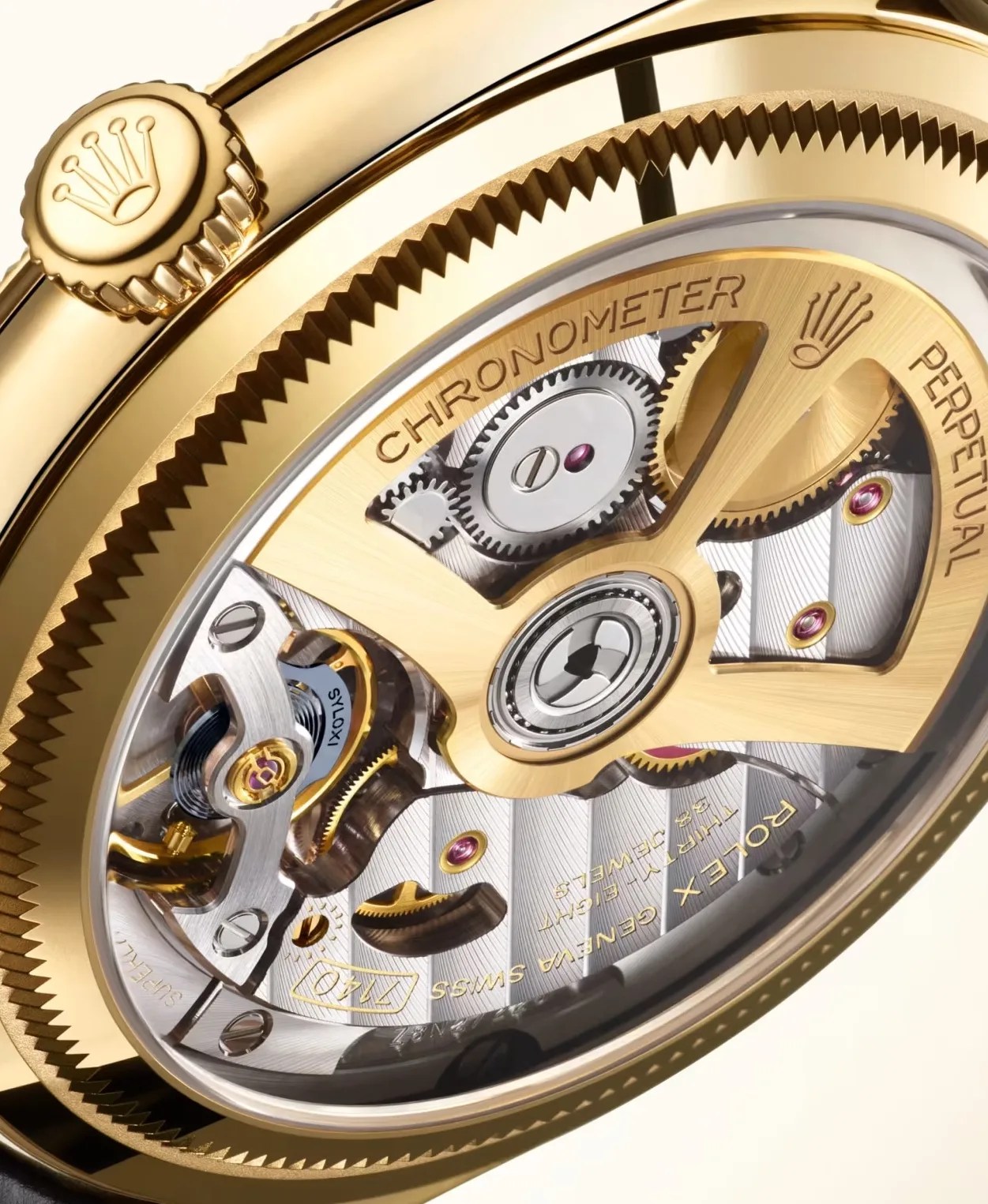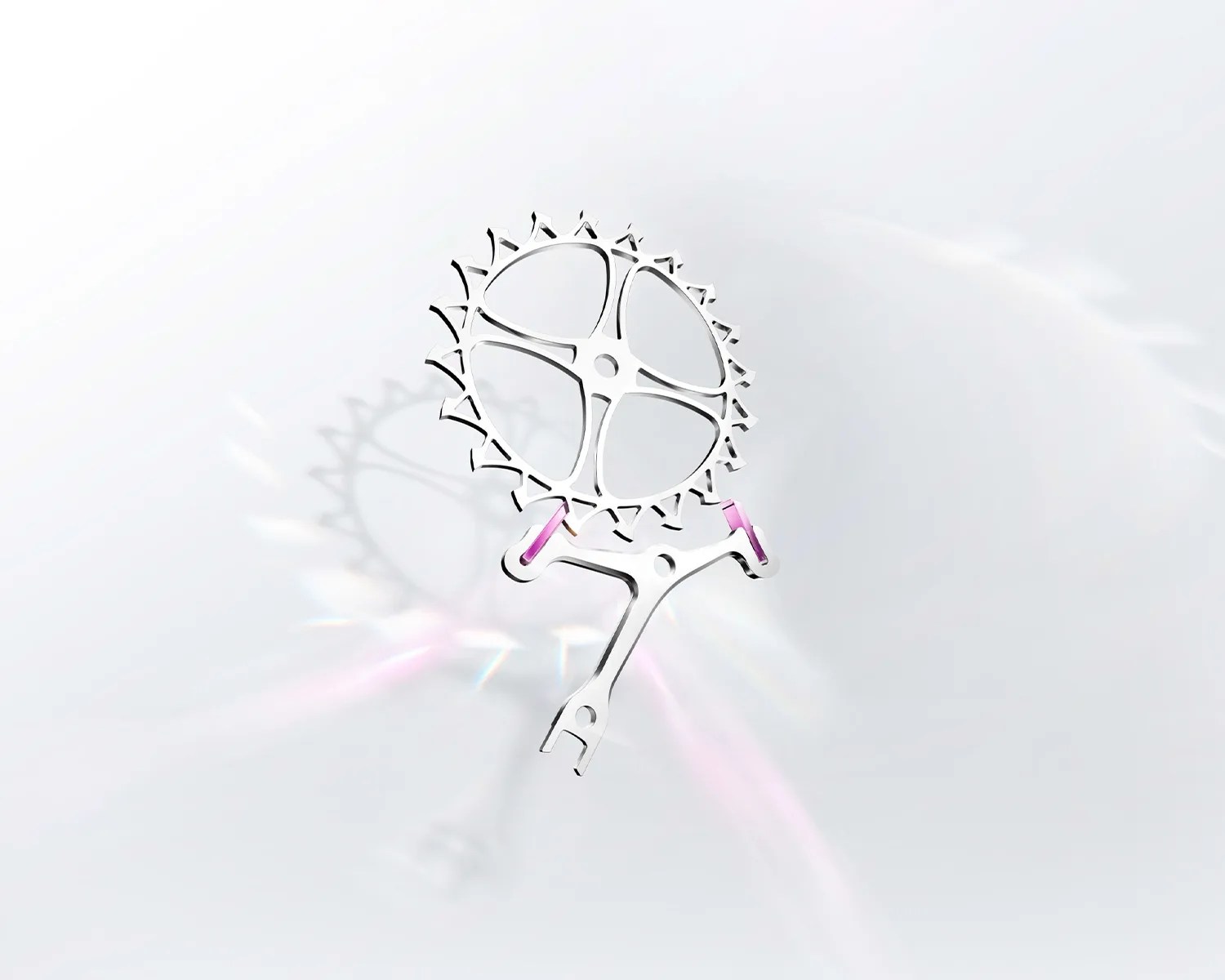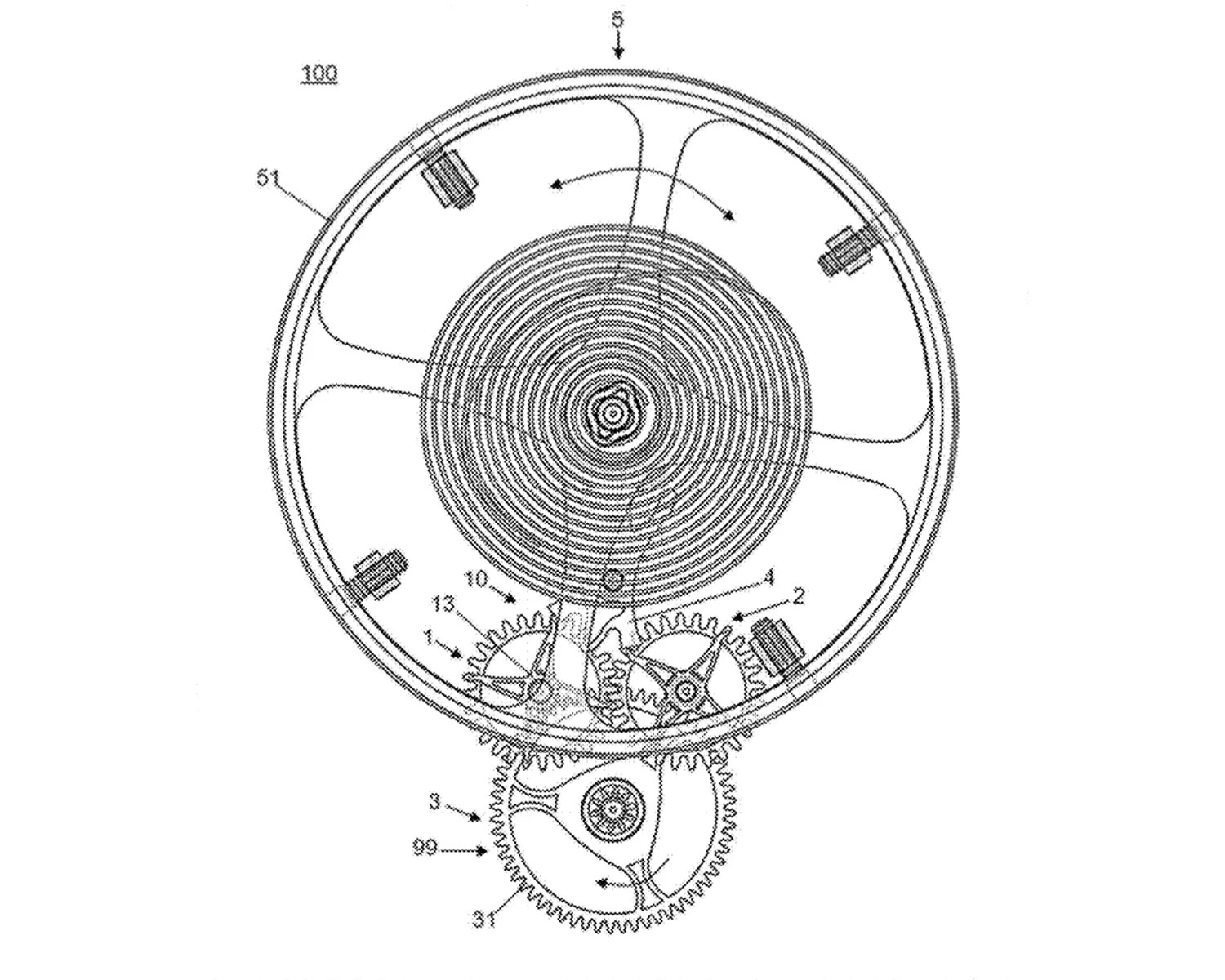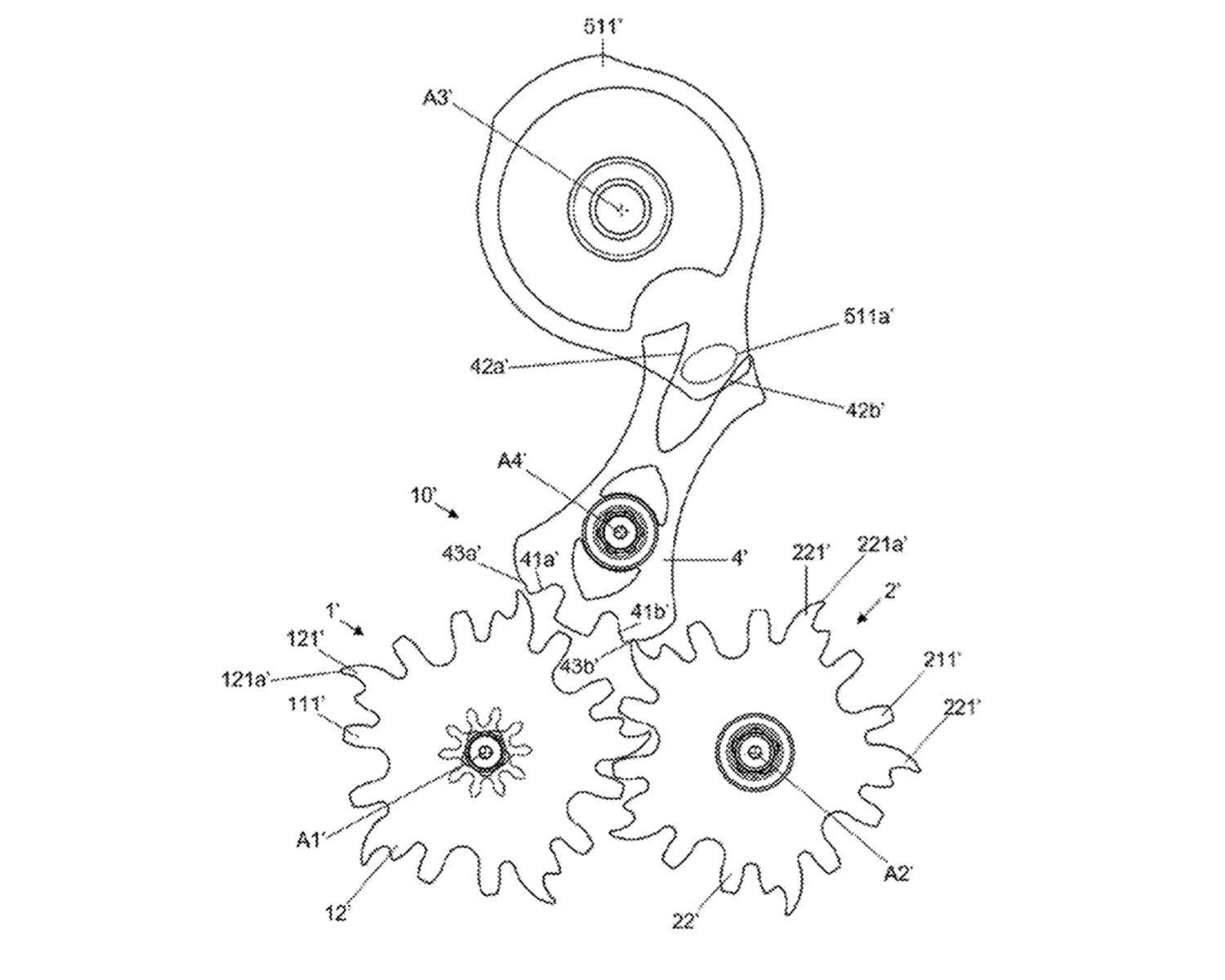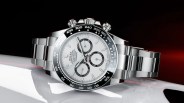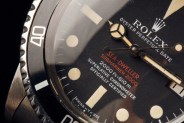Rolex is known for a lot of things, but perhaps the most prominent is the brand’s reputation for precision.
The Crown’s proprietary Superlative Chronometer standard requires its watches to be accurate to within 2/+2 seconds per day, far exceeding the industry chronometric standard of 4/+6 seconds per day set by COSC. Anecdotally, Rolex watches perform even better in real-world situations and rank among the most accurate mechanical watches on the market.
Perhaps most impressive of all is how Rolex has industrialized precision on a massive scale. The brand mass produces around a million watches per year, with all of them meeting or exceeding its rigorous chronometric standards.
Given the brand’s considerable success, one would think Rolex would be happy to rest on its laurels with regard to the movements powering its watches. However, a recent patent filing by the company shows that a major shakeup could be on the horizon.

The Heart of a Rolex
Rolex exclusively produces its own movements, all of which use the classic Swiss lever escapement. The Swiss lever is the industry standard for escapements — often called the heart of a watch — and has been for centuries. Here’s how it works:
A lever called a pallet fork incrementally releases energy from the watch’s mainspring via a toothed escape wheel on one end via two jewel pallets. At the same, the lever’s movements are regulated on its other forked end by a hairspring-driven balance wheel. Essentially, the two wheels drive each other via the lever, simultaneously powering the watch and regulating its timekeeping.
